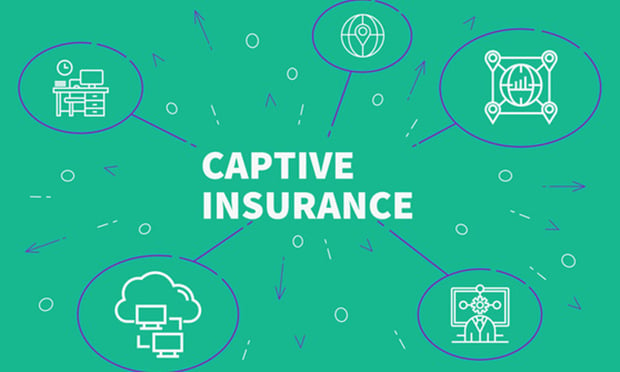Every risk financing alternative, with the possible exception of guaranteed cost insurance, has benefits and risks. The key to success, especially with captives, is to correctly compare the salient benefits with the riskiest drawbacks for each organization.
The National Association of Insurance Commissioners defines a captive as an insurance company that is created and wholly owned by one or more non-insurance companies to insure the risks of its owner or owners—essentially a form of self-insurance whereby the insurer is owned wholly by the insured. Captives are typically established to meet the risk-management needs of the owners or members, and the entities forming captives range from major multinational corporations—the vast majority of Fortune 500 companies have captive subsidiaries—to nonprofit organizations. Once established, the captive operates like any commercial insurance company and is subject to state regulatory requirements including reporting, capital and reserve requirements.
A risk manager must be prepared to make an informed decision regarding whether, and how, an organization should embark on this new path.
|Potential Benefits of Captives
Recommended For You
Want to continue reading?
Become a Free PropertyCasualty360 Digital Reader
Your access to unlimited PropertyCasualty360 content isn’t changing.
Once you are an ALM digital member, you’ll receive:
- Breaking insurance news and analysis, on-site and via our newsletters and custom alerts
- Weekly Insurance Speak podcast featuring exclusive interviews with industry leaders
- Educational webcasts, white papers, and ebooks from industry thought leaders
- Critical converage of the employee benefits and financial advisory markets on our other ALM sites, BenefitsPRO and ThinkAdvisor
Already have an account? Sign In Now
© 2025 ALM Global, LLC, All Rights Reserved. Request academic re-use from www.copyright.com. All other uses, submit a request to [email protected]. For more information visit Asset & Logo Licensing.








